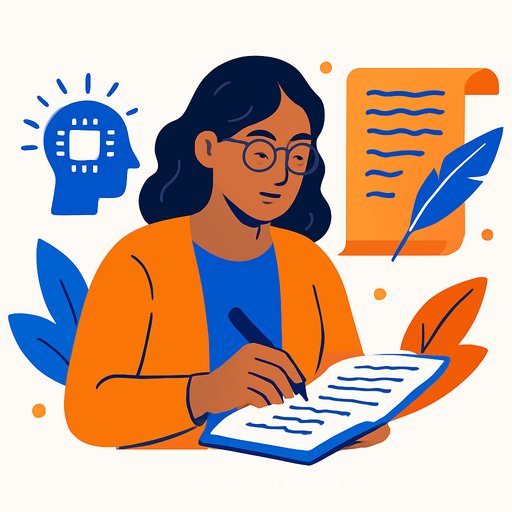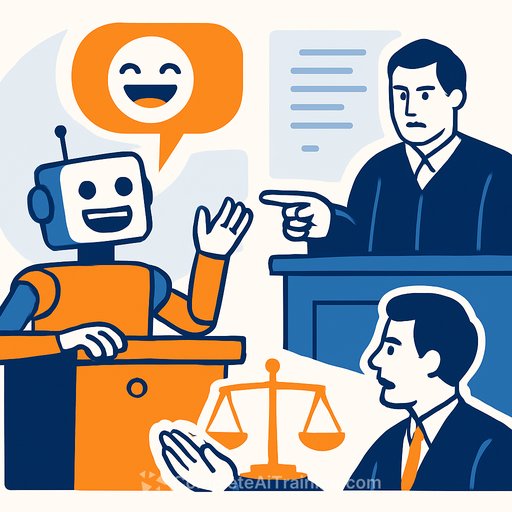From Typewriters to AI: Writing Evolves, It Doesn't End
Writers have been through this before. When typewriters gave way to word processors, some people declared the death of "real writing." It didn't happen. The same fear around AI is loud right now, and it's just as off the mark.
As one writing professor put it, "When the switch from typewriters to word processors happened, a lot of people said that those who use a word processor are not real writers. Yet writers have thrived and created original work. The same sentiment is for AI." The core remains the same: use tools to finish the work, keep the ideas your own.
Use AI as a Tool, Keep the Thought Yours
AI isn't a shortcut to originality. It's a helper for small, practical tasks that speed up the process without stealing your voice. If the thinking is yours, the work is yours.
- Draft structure: Turn a messy brain dump into a clean outline.
- Mind-map ideas: Explore angles you might miss on your own.
- Line edits: Tighten sentences, check grammar, simplify bloat.
- Friction removal: Summaries, title options, metadata, and quick research notes.
Make Attribution Normal
At Ashoka University, the writing programme asks students to add an "Attributions" section if AI helped with structure or other parts of the process. Simple. Honest. Practical.
Try this approach in your own workflow. At the end of an essay or client draft, include a short note like: "Attributions: Outline assistance via [tool name], idea clustering via [tool name], sentence-level edits via [tool name]." For formal guidance, see the MLA's note on citing generative AI: MLA: Citing Generative AI.
Policy That Protects Learning (and Real Work)
A university-wide AI policy is being developed with input from faculty, while instructors set clear expectations at the classroom level. The stance isn't to ban or punish, but to teach ethical, useful application.
Real-time mind-mapping and writing exercises now include AI where it adds value. The goal is to build awareness, keep authorship honest, and train writers to work with new tools without losing the craft.
A Quick Personal Policy for Working Writers
- Define your red lines: AI can assist structure and edits, but not core ideas, reporting, or voice.
- Disclose when needed: Add an "Attributions" note for clients, editors, or readers.
- Keep sources clean: Verify facts and quotes yourself. Don't outsource truth.
- Protect your voice: Use AI for options, not final lines. You make the calls.
- Keep a changelog: Note which parts AI touched. It strengthens your process and credibility.
Where the Stories Are
There's a reminder here for place-based writing too. Goa, for instance, is often simplified by outsiders, but it's layered with language, history, and non-fiction that deserves translation and context. Writers who dig in will find work worth doing-and readers who care.
Next Step for Writers Using AI
If you want a vetted starting point for tools that help with outlining, drafts, and edits, explore this list: AI Tools for Copywriting. Pick one or two, set your rules, and get back to writing.
AI won't end writing. It will test our discipline and make our choices visible. That's good for the work-and for the writers who own it.
Your membership also unlocks:






